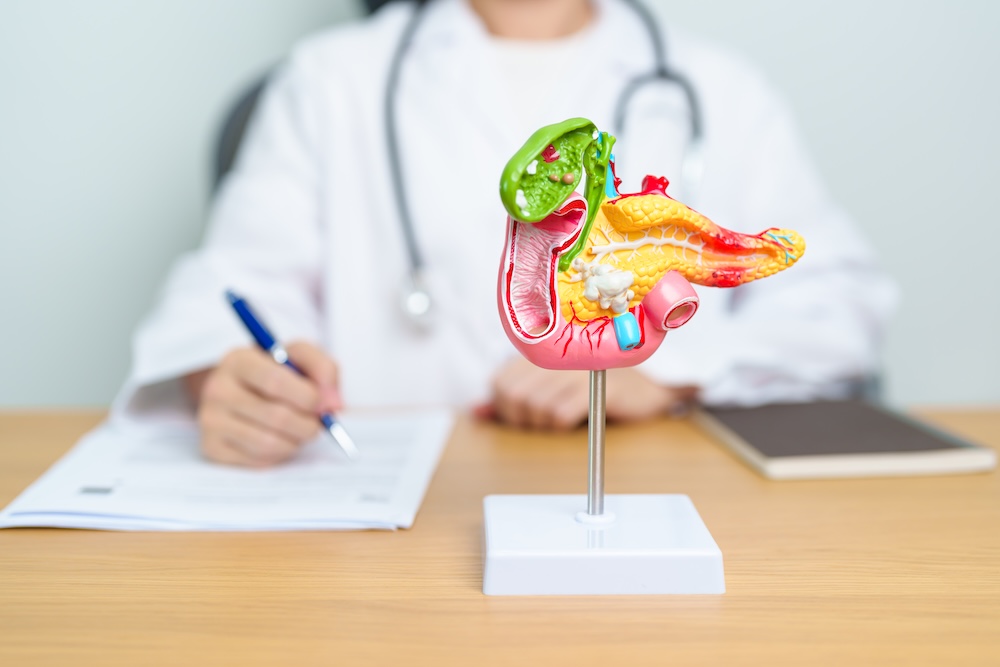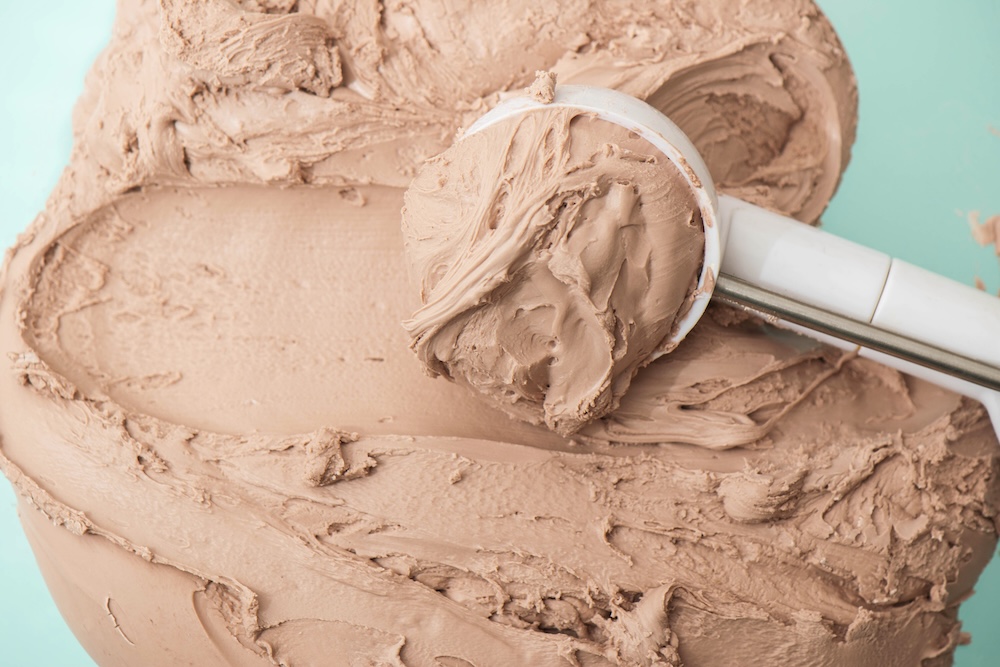Table of Contents
ToggleNoticing a pale stool or clay-coloured stool in the toilet bowl is naturally alarming and often prompts a search for answers. Such a distinct colour change typically indicates a lack of bile entering your digestive system, pointing to a potential issue with your liver or biliary system.
Our guide explains the significance of pale stool, details serious potential causes like a bile duct blockage, and advises on when to consult a specialist.
What Does Having A Pale Stool Mean, and Why Is It Clay-Coloured?
Having a pale stool likely indicates a lack of bilirubin, the brown pigment in bile that gives stools their normal colour. Your liver produces bile, which is essential for digestion. If bile is absent or its flow is blocked, the stool becomes white, grey, or clay-coloured.
Seeing a light-coloured stool once may not be a cause for concern, but persistently pale stools suggest your bile flow is obstructed. What this could mean is a serious underlying condition affecting your gallbladder, pancreas, or liver that requires medical attention.
The Urgent Link: Bile Duct Blockage, Jaundice, and Pale Stools
The appearance of a pale stool or clay-coloured stool is most concerning because it often points to a bile duct blockage. This prevents bile from reaching the intestine and triggers a critical cascade of symptoms.
When the bile duct is blocked, bile cannot flow normally. The bilirubin pigment, which gives stool its brown colour, has nowhere to go. It backs up and gets reabsorbed into the bloodstream, leading to the yellowing of the skin and eyes known as jaundice.
This bile duct blockage creates two key symptoms at the same time. You develop jaundice as bilirubin builds up in your blood, and you simultaneously notice a pale stool or clay-coloured stool because that same pigment is absent from your gut.
An obstruction in the bile duct can be caused by several serious conditions.
- Gallstones: A gallstone may have moved from the gallbladder and become lodged in the common bile duct.
- Bile Duct Stricture: Scar tissue that narrows the bile duct, often from a previous injury or surgery.
- Tumours: A growth in the bile duct, pancreas, or gallbladder can press on and block the duct.
If you observe jaundice (yellow skin) and a pale stool at the same time, you should seek a medical consultation without delay. A blockage requires urgent assessment by a hepatobiliary specialist to prevent complications like severe infection (cholangitis) or liver damage.
Can Pancreatitis Cause Clay-Coloured Stools?
Yes, pancreatitis can lead to a clay-coloured stool. While pancreatitis is an inflammation of the pancreas, the pancreas itself sits right next to the common bile duct. Severe swelling from pancreatitis can press on this duct from the outside, compressing it and causing a blockage.
An inflammation-induced blockage leads to the exact same outcome as a blockage from a stone. Bile is prevented from reaching the intestines, meaning the stool loses its brown pigment and becomes pale.
Seeing a pale stool in this context confirms the pancreatic issue is now affecting your biliary system. This complication requires specialist management to treat both the pancreatitis and the resulting bile duct obstruction.
How Do You Clear A Bile Duct Blockage: Specialist Treatment Options
A bile duct blockage is a medical issue that you cannot clear on your own at home. If you’re wondering how do you clear a bile duct blockage, the answer involves specialist medical treatments tailored to the cause.
For urgent relief, a non-surgical, minimally invasive procedure called ERCP (Endoscopic Retrograde Cholangiopancreatography) is often used. A specialist can pass a scope through the mouth to the bile duct to remove a stone or place a stent (a small tube) to open the blockage.
In other cases, surgical intervention by a surgeon is required. This is often necessary if the blockage is caused by a complex gallstone, a significant stricture (scarring), or a tumour. The primary goal of finding bile duct surgery in singapore is the safe and complete removal of the obstruction to restore normal bile flow.
- For Complex Gallstones: If a gallstone is very large, stuck in the bile duct, or if ERCP is not successful, surgery is required. This typically involves gallbladder removal (cholecystectomy) combined with a surgical bile duct exploration to directly find and remove the stones.
- For Bile Duct Strictures (Scarring): When the bile duct is severely narrowed by scar tissue, a simple stent may only be a temporary fix. The most effective long-term solution is often a bypass procedure (like a Hepaticojejunostomy), where a hepatobiliary specialist surgically connects the bile duct from above the blockage directly to a loop of the small intestine.
- For Tumours (Pancreas or Bile Duct): A blockage caused by a tumour requires a major operation. Depending on the location, this may involve a Whipple procedure (to remove a tumour in the head of the pancreas) or a bile duct resection (to remove a tumour within the duct itself). The goal is the complete removal of the tumour, followed by a careful reconstruction of the digestive system.
The specific treatment choice depends entirely on the underlying cause, size, and location of your bile duct blockage.
Take Action on Clay-Coloured Stools

Persistent pale stool or clay-coloured stool is a physical warning sign of a serious internal issue, most commonly a bile duct blockage, that will not resolve on its own. Understanding what this symptom could mean is the first step; consulting an expert is the essential second step.
If you are concerned about persistent pale stool, clay-coloured stool, or jaundice, do not delay. Schedule an urgent consultation with Dr. Thng YongXian, a specialised hepatobiliary specialist, for an accurate diagnosis and timely treatment.
